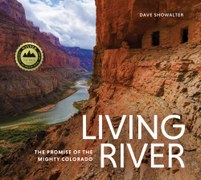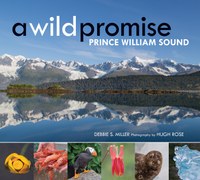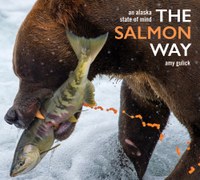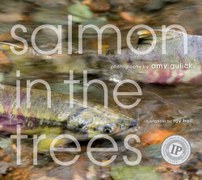Where Water Is Gold
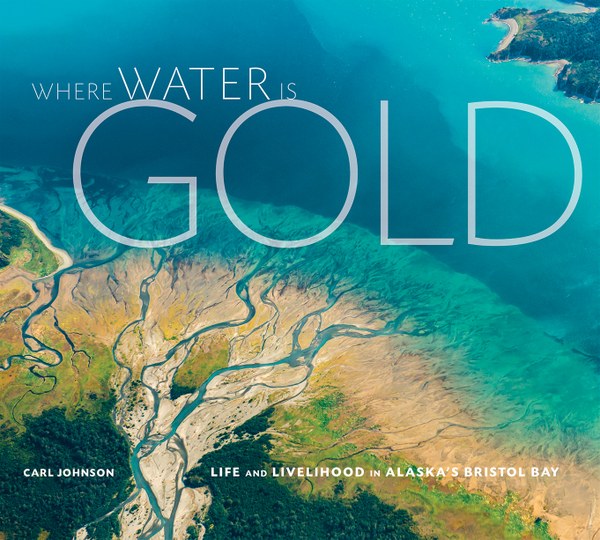
Mountaineers Members Discount
Log in to access the promo code and receive 20% off your order.
Description
- A story of David versus Goliath: an historic and sustainable core fishery versus boom-and-bust corporate mineral extractors
- Combines photos, interviews, science, and prose to reveal the cultural, natural, Native, and historical richness of Bristol Bay >
- Nearly half of America’s wild-seafood catch—valued at $2.5 billion annually—comes from Bristol Bay.
Conservation in competition with development is a well-worn theme in Alaska, and nowhere is this more apparent than in the battle over Bristol Bay—exemplified by the proposed Pebble Mine. But Bristol Bay's mineral wealth is not the fabled nuggets of Alaskan lore; rather, it is extracted as fine particles through an industrial process that includes pulverizing ore and using cyanide and other chemicals to separate the valuable metals. Mountains of rocky spoils would be created, while highly toxic wastewater would require large containment ponds. Miles of streams would be excavated or buried under waste rock.
The Pebble project is located at the headwaters of the two largest tributaries of the Bristol Bay watershed—a watershed whose ecological resources generate $500 million in economic benefits annually, and provides more than 14,000 full and part-time jobs.
Where Water Is Gold illustrates just what is at stake through Carl Johnson’s stunning photography and informative and lyrical essays by Bill Sherwonit, Nick Jans, Steve Kahn and Anne Coray, Dave Atcheson, and Erin McKittrick.
To learn more about Braided River and its mission: inspiring people to protect wild places through images and stories that change perspectives, please visit www.braidedriver.org
Contributors
Photos by Carl Johnson
